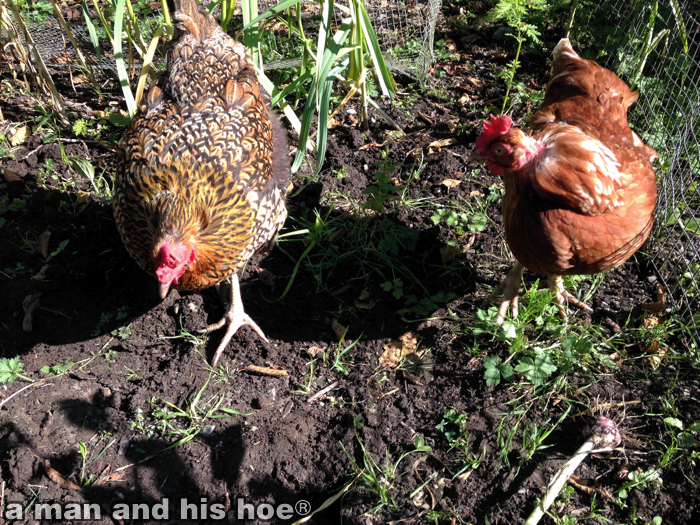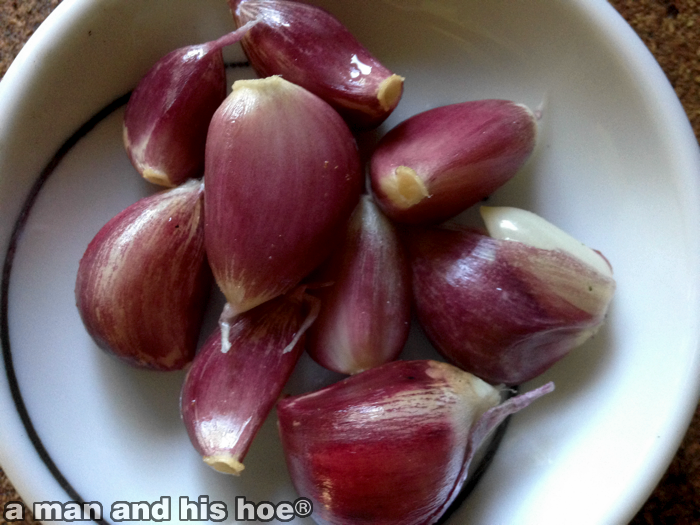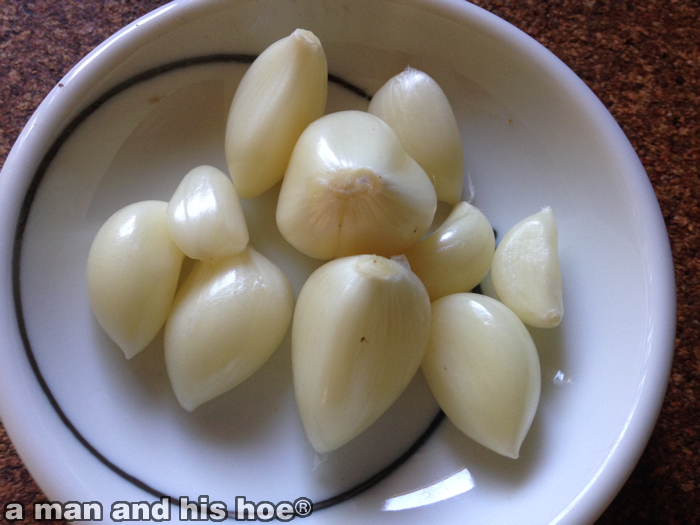It’s time to harvest the garlic. Imelda and Lucky are there to help, along with a handful of other chickens. It doesn’t take long to pull the hundreds of garlic I planted last fall. It’s a great crop this year, and now I know I can easily handle a crop ten to twenty times the size of this year’s small field. There’s time before lunch to weed and prep the lot for summer-fall cabbage and lettuce. Farming at this scale requires one to use of every square inch and then some.
It will be another four years before I plant garlic in this plot again. By rotating and not planting garlic here again for a number of years, any pests that especially love garlic and started to get established this season, won’t find their favorite food here anymore and they will die off in the intervening years.






- Maintain Healthy Soil with Crop Rotation ~ Mother Earth News
- Glorious Garlic ~ The Canadian Organic Grower
- Time Again to Plant Garlic ~ Barbolian Fields
- Crop Rotation ~ GrowVeg.com
- Do Garden Crops Really Need Rotation? ~ GardensAlive.com
Yes, The Sainted Gardener will keep excellent records, follow a dedicated plan of rotations and allow each bed to go fallow or be enriched by a cover crop of green manure every seven years. Meanwhile, the other 98% of us will stumble along, trying to pay attention and generally having lots of fun in addition to the occasional unwanted adventure.
You’ll never be sorry that you took the time to think things through before planting—especially with tomatoes and root crops—but rotation is just one piece of the puzzle. Think of it as an odds-improver, and not an impediment to outdoor enjoyment.
If you’d like to purchase some fresh garlic, grown without any herbicides or pesticides, feel free to let me know by filling out the form below or by calling 360-202-0386. I’m selling it for $5 a pound.
[contact-form to=’theman@amanandhishoe.com’ subject=’Garlic Request’][contact-field label=’Name’ type=’name’ required=’1’/][contact-field label=’Email’ type=’email’ required=’1’/][contact-field label=’Garlic Request’ type=’textarea’ required=’1’/][/contact-form]